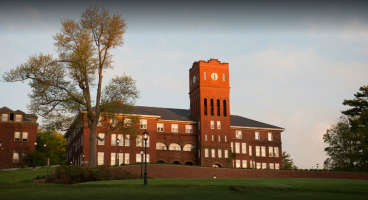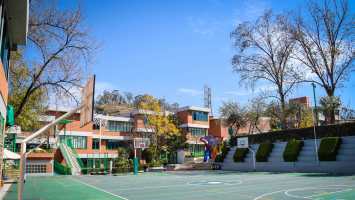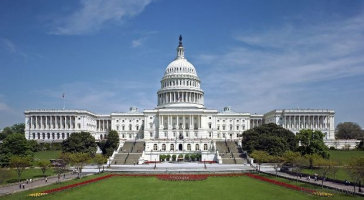Top 13 Controversial Topics in America's Public Schools
Local customs and political currents have long sparked debate about the subjects taught in public schools. They also have an impact on the behavior of students ... read more...and teachers. Students' and teachers' dress codes differ greatly across the United States. So is the subject matter in classrooms, with the same themes covered in wildly disparate curricula. There have been and continue to be conflicts over social, political, moral, and religious matters. They have an impact on health (both mental and physical), family relationships, and educators' roles in American culture. Here is a list of the top 13 controversial topics in America's public schools, including classroom content, social requirements, and school administration.
-
In 1968, during the height of the civil rights movement in the United States, Jane Elliot, a third-grade teacher in Riceville, Iowa, questioned her all-white class about racial discrimination, wondering if they knew what it was like to be treated unfairly because of the color of one's skin. Elliott encouraged her class to implement a new way of thinking: that brown-eyed students were superior than blue-eyed students, and the two groups should not mix. Blue-eyed students were isolated and ridiculed, while brown-eyed students were given extra recess and academic praise.
The next day, Elliot flipped the classification, making blue-eyed students the favoured group. The superior group quickly became mean and exclusive, while the lower group suffered from academic underperformance and depressive thoughts. Elliott discussed the children's actions and feelings before explaining the lesson's point: that just as the color of a person's eyes should not affect their treatment, neither should the color of their skin.
Elliott's methods have become well known and widely used (they have inspired training videos used around the world to help employers educate employees and instill basic workplace guidelines about racial tolerance), but they have not been without controversy. How involved is a public school in its students' social and moral development? What are the ethical implications of subjecting a student to emotional distress in order to instill personal and social values? To some parents and administrators, the brown eye/blue eye experiment falls outside of a school's purview, while to others, the lesson is as important in shaping future adults as any academic subject.
kqed.org 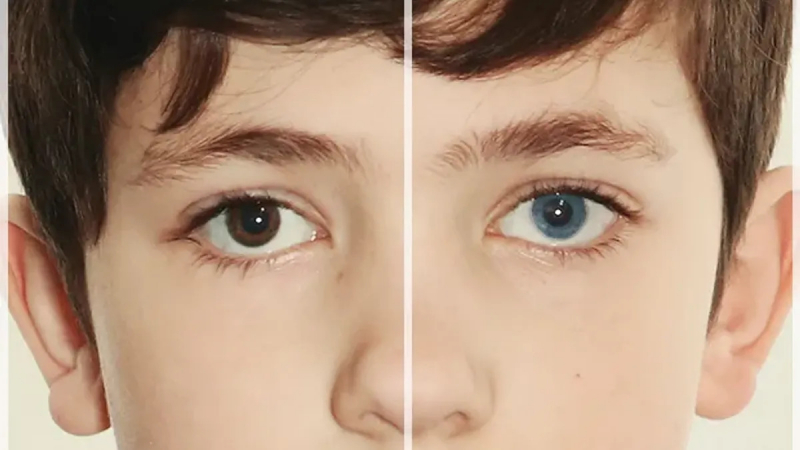
salon.com -
Homeschooling is one of controversial Topics in America's Public Schools. According to the National Center for Education Statistics, around 1.5 million pupils were homeschooled in the United States in 2007. Families report choosing homeschooling over regular education as a way to control the substance of their children's learning as well as the influence and safety of their environment, citing mostly religious reasons or concerns about the school environment. While the right to homeschool is not legally restricted, several states impose individual criteria for instructor qualifications or educational standards.
Any official debate regarding homeschooling usually revolves around the level of a state's monetary obligation to homeschoolers, as well as the amount of control a state has over homeschool curricula. Many people who are involved in a debate about homeschooling, however, believe that it is academically inadequate, isolating, or a cover for abuse. While traditional education advocates, such as the National Education Association (NEA), warn of the negative effects and costs of homeschooling, proponents of the practice continue to extol its flexibility and child-centered benefits.

giaoduc.net.vn 
cronicaglobal.elespanol.com -
In 2016, an Alabama third grader returned home from school with his hand stamped. The stamp said, "I need lunch money," and it had a cheerful face on it. The stamp was designed to remind his parents to replenish his school meal account. It was a harmless reminder for some. Others saw it as a way to humiliate the pupil. Students enrolled in the Supplemental Nutrition Assistance Program are especially vulnerable to such shaming (SNAP). SNAP provides monthly food benefits to low-income Americans. In 2019, 44% of SNAP recipients were children of school age.
States have taken attempts to limit the use of children to protest against SNAP, a contentious issue in and of itself, through lunch shaming. Children enrolled in SNAP or with low or negative food account balances were detected publicly at schools across the country using a variety of methods. Such kids were obliged to wear wristbands or have their hands branded, and they were served different meals than pupils who paid for their meals. Such efforts to identify students of lower socioeconomic status and subject them to embarrassment, humiliation, and disgrace remain contentious. Despite efforts at the state and federal levels to ban it, lunch shaming remains a cause of substantial debate.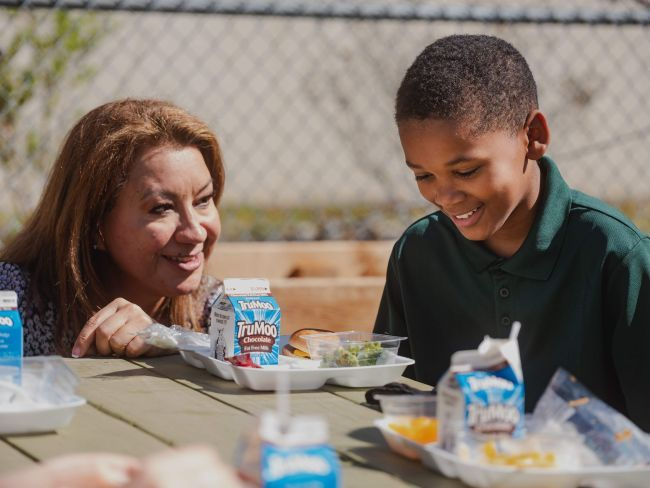
theseed.ca 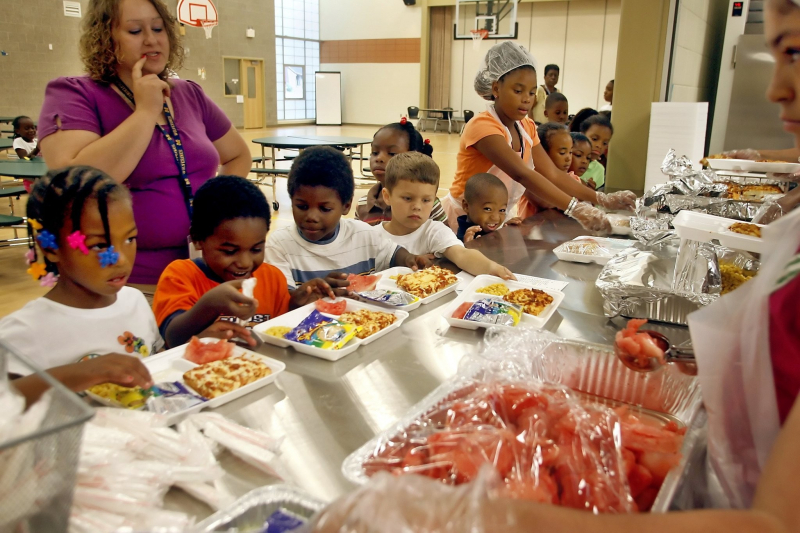
theseed.ca -
In the early 1990s, prompted by the AIDS crisis and a surge in teenage pregnancies, some U.S. schools began considering and implementing policies which allowed for distribution of condoms to students. Although the number of schools that supplied condoms was relatively small—in 1995, about 2.2% of public high schools—the backlash was considerable. Primary objections came from parents and educators who worried that providing condoms would encourage young people to become sexually active, and suggested that sexual education was outside the scope of public school responsibility.
Policies were somewhat more defined in 2010, with limited, regulated condom distribution at a greater number of schools. The controversy remains, however: does handing out condoms encourage sexual activity, or prevent disease and pregnancy among a vulnerable demographic? Is sex ed a school responsibility or the realm of the parents only? Whether a question of morality or practicality, condom distribution in schools continues to be controversial.
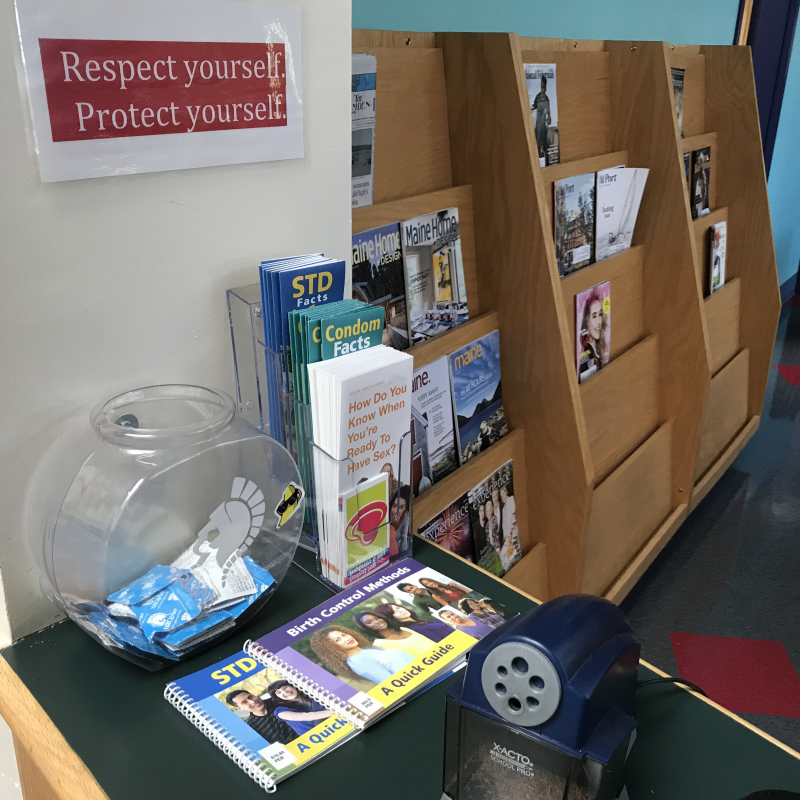
knowledgequest.aasl.org 
knowledgequest.aasl.org -
The majority ruling of the Supreme Court in Brown v. Board of Education in 1954, which found that racial segregation in public schools was unconstitutional, sparked controversy, often in the form of violent protests and mob rioting. Despite significant opposition to the ruling, ranging from physical attacks on black students to refusal to comply with desegregation policies, racial integration in schools became more accepted and widespread through persistent effort, including federal prohibition against discrimination, state court enforcement, cross-neighborhood busing, and magnet schools. However, on the 50th anniversary of the court's decision, an investigation of individual public schools and interviews with students revealed that many districts were overwhelmingly segregated.
For example, 5 of Fulton County's 12 schools are more than 80% black, while 6 are more than 60% white. According to a 1999 research conducted by the Harvard Civil Rights Project, pupils in U.S. public schools were more segregated than they were in the 1970s, implying that the legal and political atmosphere is relatively unfriendly to addressing the need for change. Understanding the reasons for these demographic shifts and considering the steps needed to remedy this situation will be controversial once again as the educational system in the United States increasingly reflects national social and class issues.
britannica.com 
britannica.com -
Wendell Johnson, a psychology professor at the University of Iowa, was working on a study project in 1939 that theorized that stuttering was not a biological impact, as doctors assumed, but rather a learned trait that could be reduced or eradicated totally. He and a doctoral student, Mary Tudor, conducted an experiment with 22 children from a neighboring orphanage to see if a child with a stutter could be encouraged to stop, and if a normal speaker could be taught to acquire a stutter.
The youngsters were divided into four groups: 1A, stutterers informed there was nothing wrong with their speech; 1B, stutterers assured that they did stutter; 11A, normal speakers told there were big difficulties with their speech; and 11B, normal speakers reassured that their speech was great. The children's speech remained mostly intact at the end of the experiment: those who began with stutters continued to have them, and those who talked normally continued to do so.
The six children in group 11A suffered the most devastating consequences of the experiment; they spoke normally but were told they didn't. Because they were afraid of speaking improperly, the children grew worried, introverted, and unwilling to speak. Formerly gregarious, friendly children refused to speak up in class or interact with their peers because they were unsure of their abilities to communicate and were afraid of exposing themselves. Although the study remained relatively unknown and unpublished until 2001, when the San Jose Mercury News published a series of articles, prompting the University of Iowa to issue a public apology, the negative emotional and behavioral effects on the experiment's surviving members persist.
ucl.ac.uk 
mcri.edu.au -
Flipped Schools is one of controversial Topics in America's Public Schools. Classrooms are traditionally regarded of as places where students absorb instructor knowledge and lessons, but homework is defined as independent assignments undertaken by students on their own that reinforce topics taught in the classroom. In flipped schools, instructional approaches are inverted; students watch a pre-recorded lecture from their instructor online and then arrive to class ready to apply what they've learned. Flip teaching, as it is commonly known, entails teachers preparing online video lessons and lectures and using class time to answer student questions and assist in the execution of practical work. It necessitates a teacher checking in with every student every day, as contrast to a lecture classroom, which tends to answer just the most outspoken students' questions.
Flipped schools, like any deviation from traditional classroom instruction methods, have encountered criticism from those who object to the expectation that every student has online access, to the complete reliance on technology, and to the feasibility of implementing such significant educational change. Successfully flipped schools, such as Clintondale High School in Michigan, cite dramatically improved graduation rates and lower levels of dropouts and failure by subject as evidence of their educational merit.
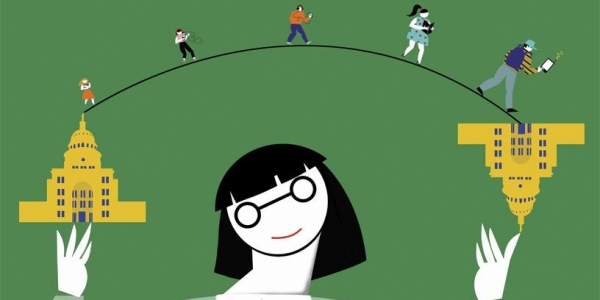
topeducationdegrees.org 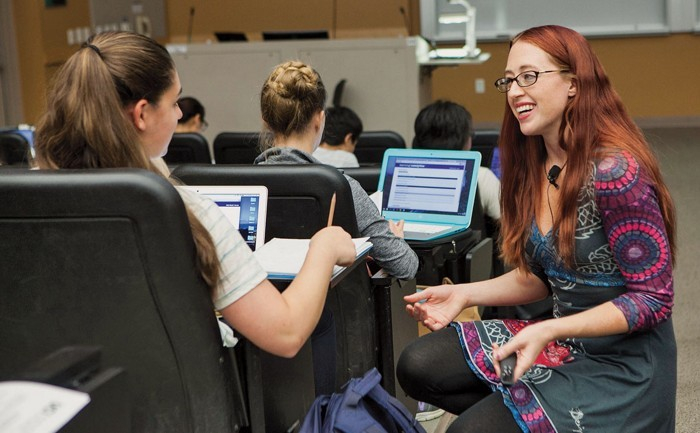
topeducationdegrees.org -
School dress requirements and personal appearance standards have long been contentious, since they have evolved to meet changing societal expectations. Imposing dress restrictions is frequently perceived as discriminatory against girls and young women. Across the country, school boards that prohibited female students from wearing leggings or yoga pants sparked outrage among those who liked to wear them. Standards for hem lengths on skirts, shorts, tube tops, and other sorts of apparel have been criticized, frequently on social media. T-shirts with offensive messages, hoodies, sagging pants, and hats promoting controversial positions are also frequently prohibited by dress codes.
In 2018, a kid from a Maryland high school arrived for class wearing purposefully ripped jeans. A teacher, probably outraged by the exposed skin from the tears, instructed the seventh-grader to cover them with duct tape. Students throughout the country reacted angrily to similar acts by school officials and administrators, claiming that female students and students of color are singled out for dress code breaches. As a result of the incident, the case for mandatory school uniforms for all public school students has gained traction. In the 2017-18 school year, just over 20% of all American public schools required all students to wear school uniforms.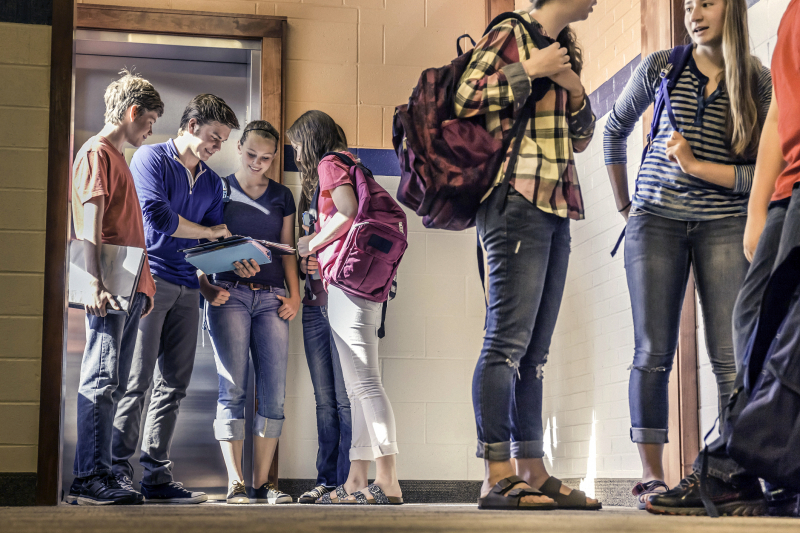
britannica.com 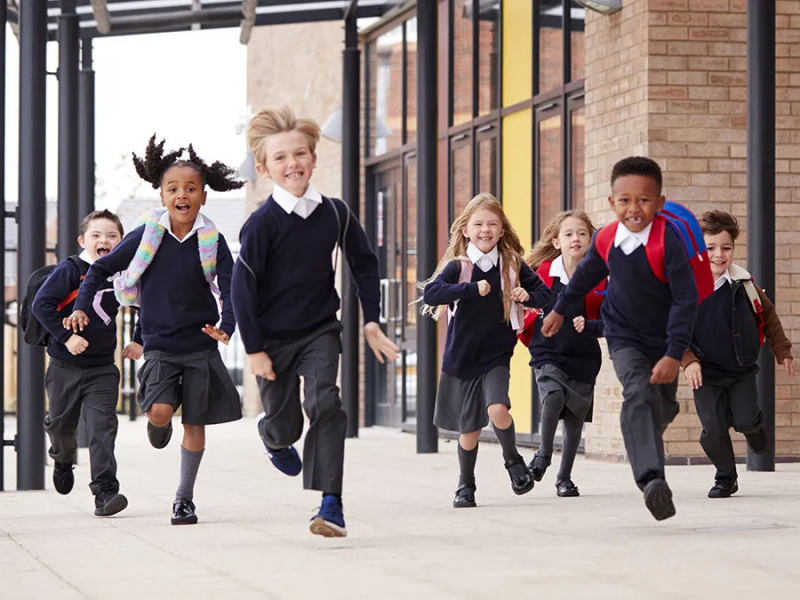
britannica.com -
Freedom of expression in public schools is both a topic of research and a right that students have. Students in public schools, according to the United States Supreme Court, "do not give up their constitutional rights to free speech and expression at the schoolhouse gate." However, school officials frequently exercise their responsibilities to regulate free expression when it endangers the rights of others or disrupts the educational environment. Such restrictions elicit complaints about infringement of the student's rights. According to the American Civil Liberties Union, students have the freedom to express their views on abortion, as well as their support for various social activities and moral values. Despite this, many school districts strive to limit them due to community pressure.
Schools can and do limit students' freedom of expression in a variety of ways. They cannot prohibit free speech, but they can prohibit defamatory speech. They have the authority to prohibit obscene or pornographic expression. If they want to prohibit the wearing of hats that support a specific message, they must prohibit the wearing of all hats. In short, while learning about the rights guaranteed by the First Amendment and the rest of the Bill of Rights, students may be required to be mindful of their obligations to their fellow citizens, who share the same liberties. Freedom of speech in public schools, like any other aspect of American life, is and will likely always be a source of contention.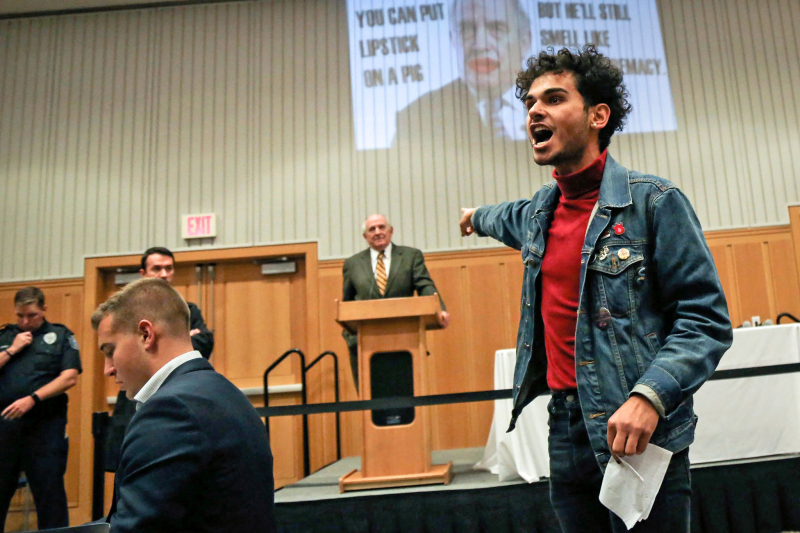
nytimes.com 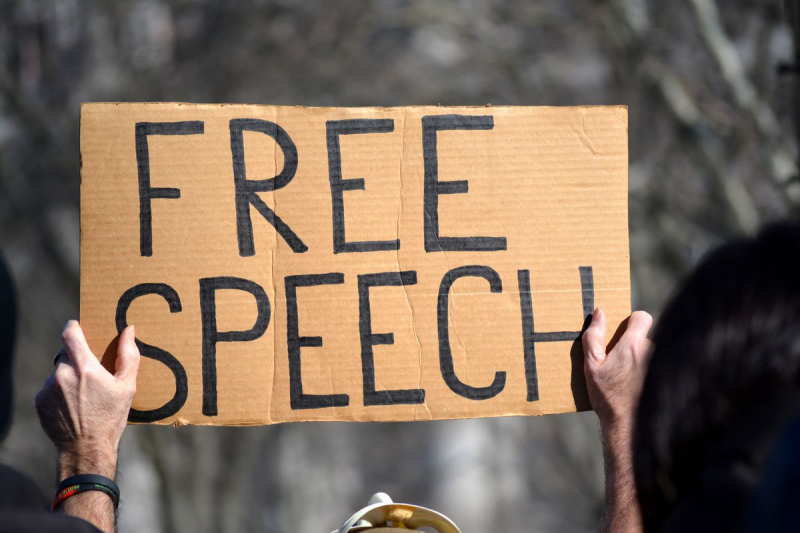
democracyandme.org -
The Centers for Disease Control and Prevention recommend that children in elementary and secondary school learn about health care. They base their suggestions on various problems, the most important of which is the proven link between early education in the topic and lowering health risks in preteens and teenagers. However, the role of the government in delivering health care to citizens remains contentious. The argument is straightforward. What is the role of government, and specifically government public schools, in providing health care information and access to health care through government programs? Most parents comply with vaccine requirements for access to public schools, though anti-vaccine movements have gained support, beginning with protests over the MMR vaccine and its debunked links to autism in the early 21st century.
Addressing mental health concerns is of particular relevance for schools and instructors. According to the National Education Association, one in every five teenagers in American schools - 20% - has some type of recognizable mental health disorder. This causes issues for the student, his or her family, teachers, and classmates. Nonetheless, discussions of mental health issues in American public school classrooms remain divisive. As of this writing, mental health issues in public schools remain a daunting challenge, as do methods for identifying and assisting students who are suffering untreated.

hra.nhs.uk 
hra.nhs.uk -
Individual states have power over laws involving the long-running issue over sex education in public schools. That is, what is and is not taught differs depending on where a child is educated. Sex education has long been a source of contention in the United States. Until recently, the primary points of contention were when the topic became age appropriate, birth control, local values, and the idea of abstinence. Abstinence is required in some communities, including some states, and is referred to as "sexual risk avoidance."
The rise of LBGTQ concerns, gender identity, sexual harassment, unisex restrooms, sexually transmitted diseases, and other issues in recent years has added to the discussion. While most parents agree that some sex education should be provided in schools, there has never been unanimity on what should be taught and at what age. According to a Center for American Progress study, as recently as 2018, 40 states did not address either healthy sexual relationships or what constitutes sexual assault in their sex education curricula.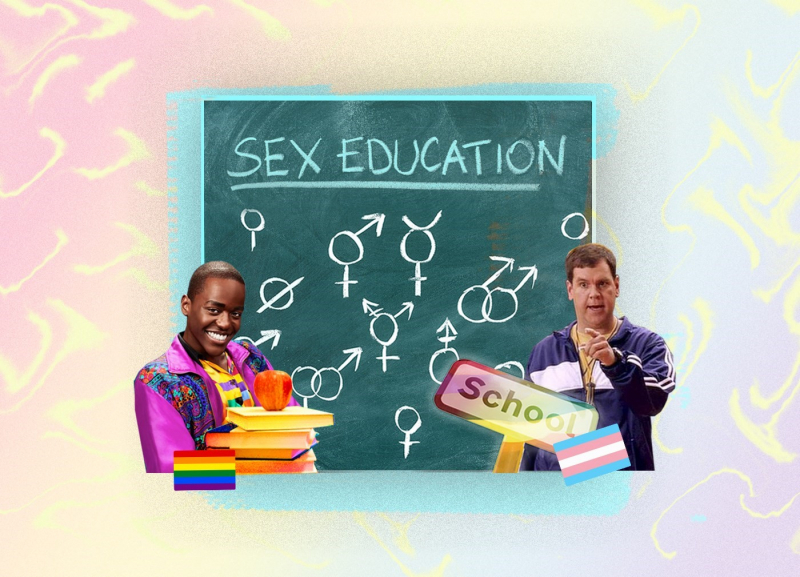
libdems.org.uk 
libdems.org.uk -
The Pledge of Allegiance is a public oath taken in public schools across the country as a public oath to the nation of the United States and its flag. Although the Supreme Court ruled in 1943 that no school could force a student to stand or recite the Pledge, critics of the practice argue that its presence in a public school violates the constitutional right to religious freedom, and that even an opt-out policy subjects students to discrimination or embarrassment if they choose not to participate while their peers are reciting. Pledging allegiance in school varies by district and is generally a state issue, though parents, teachers, and others continue to debate their schools' decisions.
The most vociferous opponents question a public school's apparent promotion of religious values and wonder whether a school-age child should feel compelled to declare a patriotic sentiment that he or she may not yet have developed, whereas supporters of the recitation frequently tout the Pledge's educational and civic value. In-school pledging allegiance to the United States flag remains a divisive personal and political issue, with roughly half of Americans in favor and half opposed.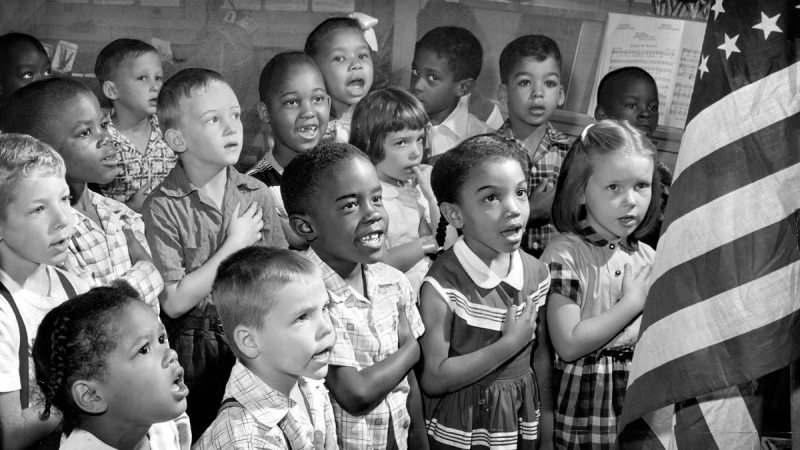
en.wikipedia.org 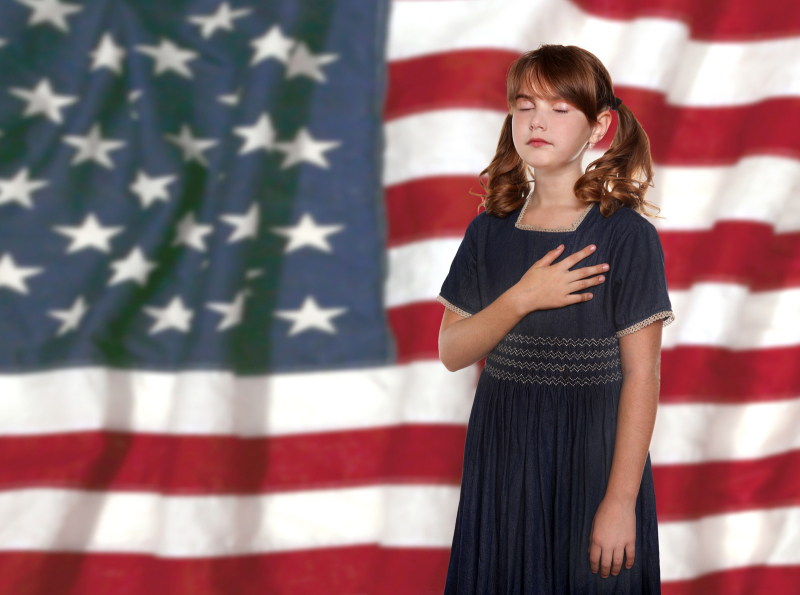
statesymbolsusa.org -
Parents of children with communicative difficulties, such as pre-verbal and nonverbal children, as well as those on the autistic spectrum, have long sought ways to verbally connect with or better comprehend their children's thoughts and feelings. While unaided communication systems that rely on body language and aided communication systems that use aids such as voice generating devices have proven successful, two theories—rapid prompting and facilitated communication—have been especially contentious.
Rapid prompting (RP), which was developed by parent Soma Mukhopadhyay in an effort to communicate with her autistic son, entails instructor engagement with the student through fast-paced questioning and the use of a specialized keyboard to encourage the student to focus on her/his expression. Facilitated communication (FC) requires a facilitator to support a student's hands or arms while typing or using another device that produces the student's written or typed thoughts and ideas. While both methods are intended to assist nonverbal children and improve their social relationships, they have not been proven to be effective or scientifically sound. Although proponents cite examples of people whose situations have improved, the methods remain controversial because they have not been able to offer significant results to hopeful parents and students.
autisticscholar.com 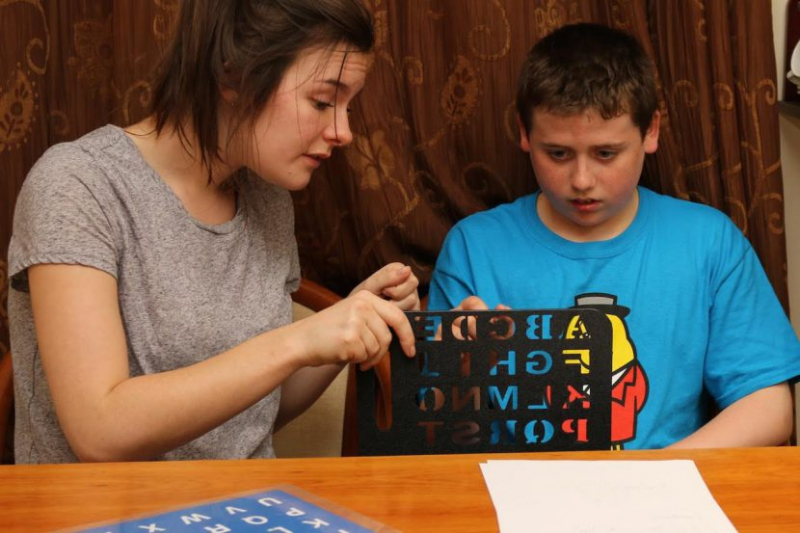
leader.pubs.asha.org



















